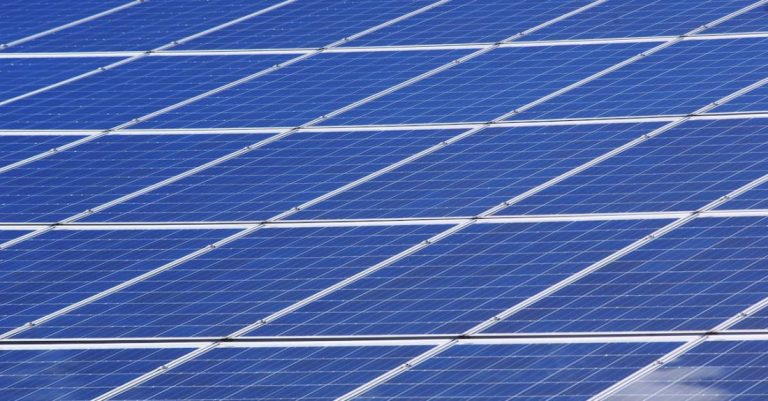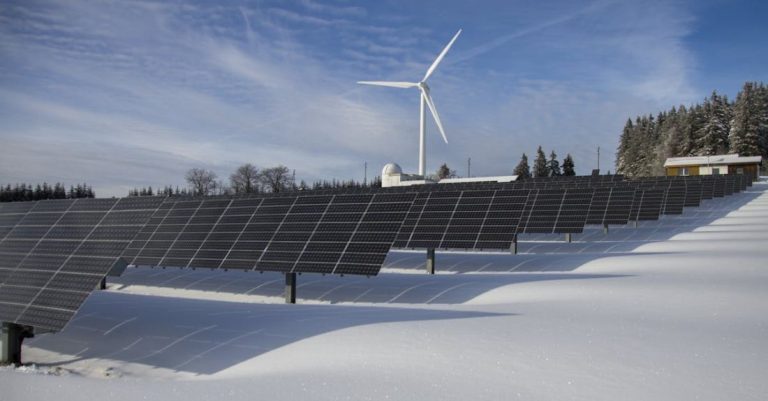
Harnessing solar energy is becoming an increasingly popular and cost-effective way for households and businesses to reduce their reliance on traditional energy sources. Not only does solar energy contribute to a greener environment, but it can also lead to significant cost savings in the long run. Calculating the cost savings of solar energy involves several factors that need to be considered. By understanding the key components of this calculation, individuals and organizations can make informed decisions about adopting solar energy systems. Let’s delve into how you can accurately determine the cost savings associated with solar energy.
Understanding Initial Costs
Before diving into the potential savings, it’s essential to grasp the initial costs associated with installing a solar energy system. The upfront investment for solar panels, inverters, mounting equipment, and installation can vary depending on the size and complexity of the system. It’s crucial to factor in these costs to determine the total investment required to go solar. While the initial outlay may seem significant, the long-term benefits often outweigh the upfront expenses.
Calculating Energy Production
The next step in evaluating cost savings is determining how much energy your solar system is capable of producing. The energy production of a solar panel system is influenced by factors such as sunlight exposure, panel orientation, and shading. By analyzing these variables, you can estimate the amount of electricity your system will generate over its lifespan. This data is crucial for comparing the energy output of solar panels to your current utility bill and forecasting potential savings.
Assessing Energy Savings
Once you have calculated the energy production of your solar system, the next step is to assess the energy savings it can generate. By comparing the electricity generated by your solar panels to what you would have consumed from the grid, you can determine the amount of money saved on your utility bills. This calculation considers the avoided cost of purchasing electricity from your utility provider, which can fluctuate based on energy rates and consumption patterns.
Factoring in Incentives and Rebates
In addition to energy savings, it’s important to consider the incentives and rebates available for adopting solar energy. Many governments and utility companies offer financial incentives, such as tax credits and rebates, to encourage the installation of solar panels. By factoring in these incentives, you can further reduce the overall cost of your solar energy system and accelerate your return on investment. Be sure to research and take advantage of any available incentives in your area to maximize cost savings.
Analyzing Payback Period
The payback period is a critical metric for evaluating the financial feasibility of solar energy. It represents the time it takes for the accumulated energy savings to offset the initial investment in the solar system. By dividing the total upfront cost by the annual energy savings, you can determine how many years it will take to break even on your solar investment. A shorter payback period indicates a quicker return on investment and higher cost savings over the system’s lifetime.
Optimizing System Performance
To maximize cost savings and energy efficiency, it’s essential to optimize the performance of your solar energy system. Regular maintenance, monitoring energy production, and ensuring proper system operation can help enhance the longevity and effectiveness of your solar panels. By staying proactive and addressing any issues promptly, you can ensure that your solar system continues to deliver optimal cost savings for years to come.
Conclusion: Realizing the Financial Benefits of Solar Energy
In conclusion, calculating the cost savings of solar energy involves a comprehensive analysis of initial costs, energy production, savings potential, incentives, payback period, and system optimization. By considering these factors and making informed decisions, individuals and businesses can unlock the substantial financial benefits of solar energy. While the upfront investment may seem daunting, the long-term savings and environmental advantages make solar energy a smart and sustainable choice for the future. Embracing solar power not only reduces energy costs but also contributes to a cleaner and more sustainable planet. Start crunching the numbers today and discover the significant cost savings waiting to be realized through solar energy.





